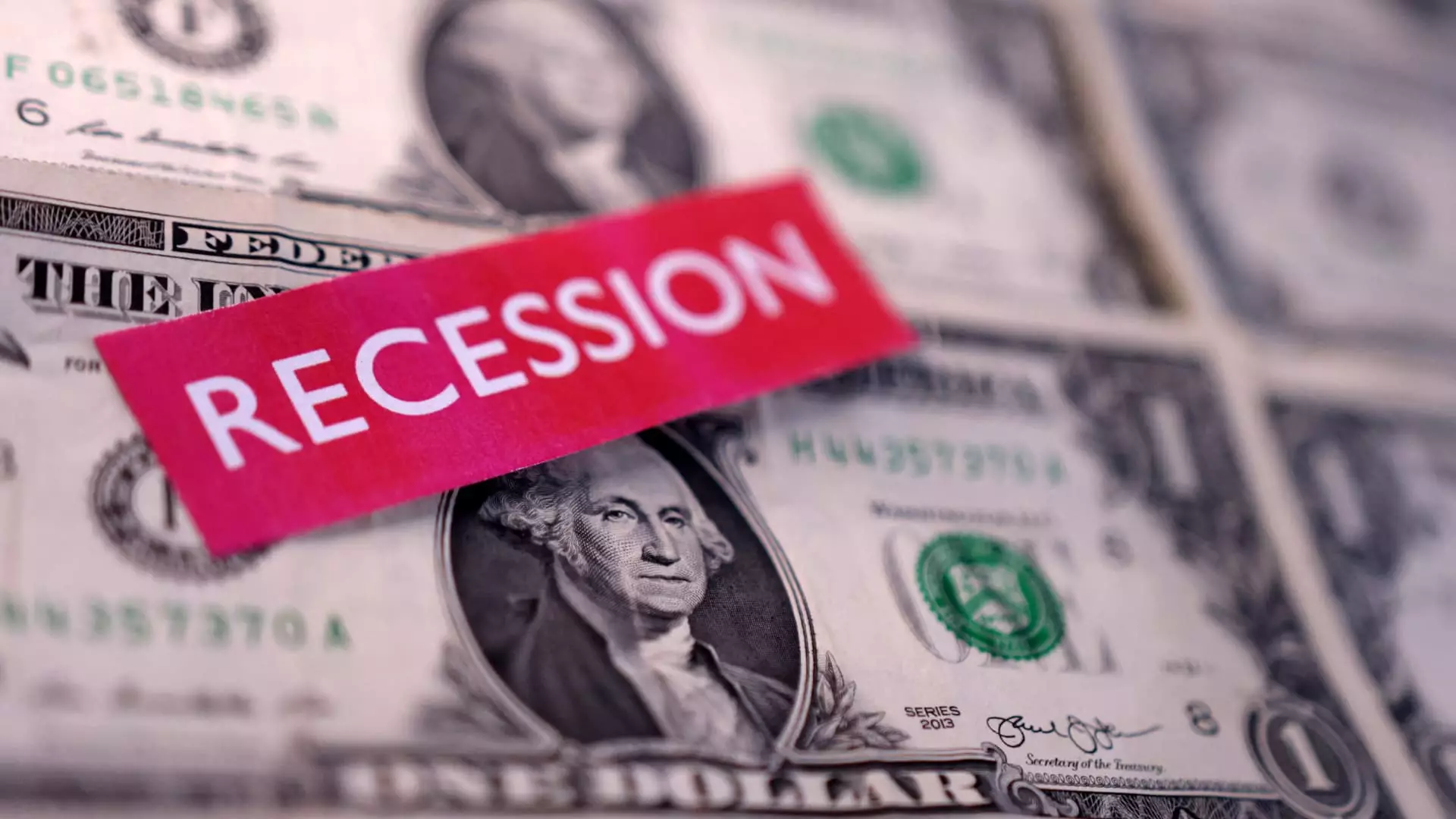As we navigate through the turbulent waters of the American economy, a clouds of uncertainty loom ominously overhead, suggesting that we may be facing a future marked by recession—a scenario the Deutsche Bank survey puts at a stark 50% likelihood. With the average response from nearly 400 economists and financial leaders projecting a 43% chance of a downturn within the next year, it’s not just idle chatter. There’s palpable anxiety in the air, despite seemingly robust indicators like low unemployment rates and overall growth trends. The very fact that these numbers have rattled the confidence of both consumers and business leaders indicates a troubling sentiment that cannot be dismissed lightly.
Fed’s Wherewithal: Growing Implications
Federal Reserve Chair, Jerome Powell, has attempted to calm the waters by labeling the economy as “strong overall,” celebrating two years of strenuous recovery efforts. But is this optimism warranted? An autonomous entity, the Fed has once again shown a propensity to downplay the mounting evidence of economic fragility. The latest findings saw a reduction of the growth estimate for this year to merely 1.7%, a stark drop that would represent one of the worst growth rates since the aftermath of the 2008 financial crisis if we exclude the economic collapse experienced during the COVID-19 pandemic. As inflation expectations rise—now forecasted at 2.8%, well over the Fed’s stated goal—the painful specter of stagflation looms large.
If we take history as our compass, the economic calamities of the early 1980s resonate all too clearly. Increased inflation coupled with stagnant growth is a toxic combination, raising serious concerns about the Fed’s dual mandate of maximizing employment while maintaining price stability. This balancing act is particularly precarious when the optimal path forward is cloaked in uncertainty. As Powell himself stated, this scenario is not something we should casually brush aside; yet how can one reconcile such dire warnings when the institution at the helm appears bullish?
Consumer Sentiment: A Barometer of Unease
On the consumer front, sentiments are beginning to shift, with individuals feeling the weight of economic uncertainty. Market fluctuations have brought upon what Jeffrey Gundlach, a bond market expert, describes as a significant “uncertainty shock.” Investors are understandably skittish, as they parse through the government’s tariff policies and potential global fallout that these decisions may engender. The apprehensions suggested by Morgan Stanley sharpen the picture: fears about a slowing economy transforming into a recession are no longer outlandish notions; instead, they feel increasingly prescient.
One voice that stands out in this cacophony of economic discontent is economist Clement Bohr from UCLA Anderson. His inaugural “recession watch” call is not merely sensationalism; it’s an urgent plea for governmental prudence. If we remain on this current trajectory, he argues, we risk not just an economic downturn but a full-blown stagflation episode. The fallout of such stagnation, particularly one linked to mismanaged tariff strategies, could entrap consumers in economic malaise that restricts mobility and opportunity, effectively shackling growth for a generation.
The Policy Conundrum: A Tightrope Walk Ahead
As we delve deeper into the quandary that lies ahead, the question lingers: Can the Federal Reserve navigate this labyrinth effectively? With diverging opinions from academics, analysts, and financial institutions, there is no clear consensus on whether the steps necessary to combat inflation might lead to deeper economic malaise. The pressure mounts as many economists argue that the Fed may soon find itself grappling with the impossible choice between stimulating growth and curbing rampant prices.
This environment of rising inflation married with slowing growth is a precarious one; every policy decision made today could feature prominently in tomorrow’s financial history books. As anxiety ripples through the markets, the stakes could not be higher. The irony of “wishful thinking” leading us to socio-economic ruin is a bitter pill to swallow, and one that demands measured and responsible action. In these trying times, the old adage rings ever true: hope is not a strategy.



Leave a Reply